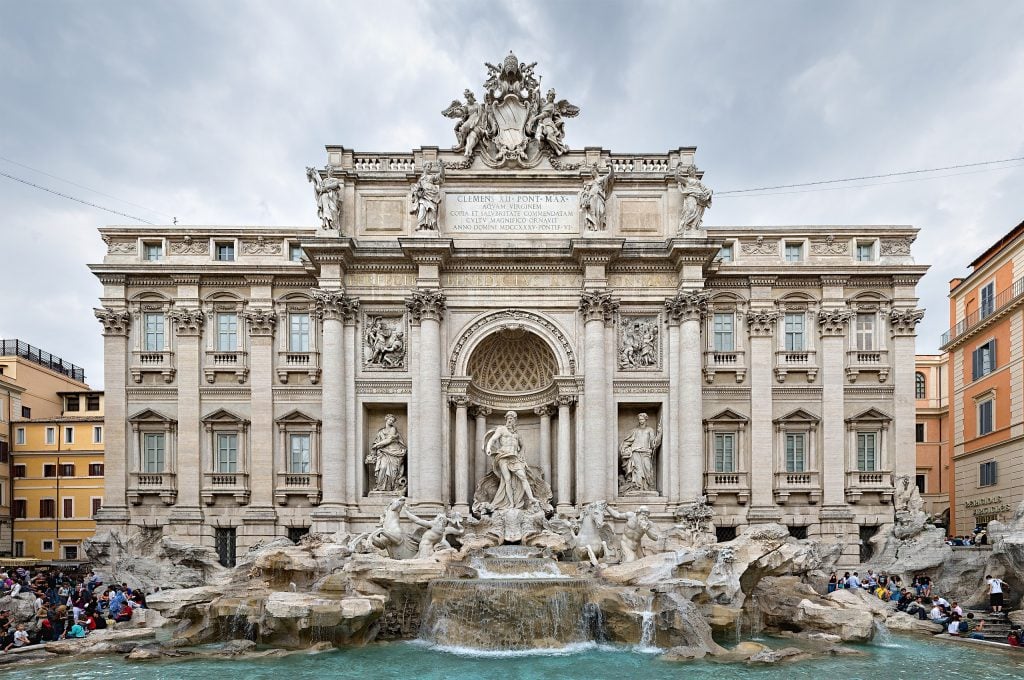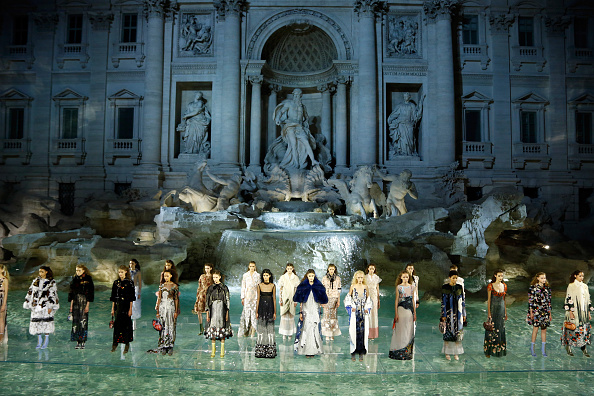Art World
Tourists Fined for Swimming in Rome’s Trevi Fountain
Living La Dolce Vita? Italian police didn't think so.

Living La Dolce Vita? Italian police didn't think so.

Lorena Muñoz-Alonso

Blame it on climate change, but this scorching summer that’s hit most of Europe led some daring tourists to imitate Anita Ekberg’s famous scene in Federico Fellini’s La Dolce Vita and take a midnight dip in Rome’s iconic Trevi Fountain. Local police, however, didn’t take to it too kindly.
This past weekend Italian police ordered two young Californians to pay a €450 ($500) fine for taking the plunge. With temperatures reaching 95 degrees, it’s not hard to see why the young tourists decided to take a swim in such an unlikely location.
However, the 300-year-old monument is a much loved destination attracting millions of tourists each year, and has to be closely monitored and looked after.
So fragile was its state in fact that the fountain has recently undergone a massive restoration, funded by the luxury brand Fendi, as a “gesture of love to Rome”—and in exchange for the right to affix a branded plaque next to the tourist magnet for four years.
What’s more, earlier this month, a host of supermodels walked on a translucent catwalk installed atop the fountain, which made them seem to be walking on water, as part of Fendi’s 90th anniversary fashion show (this time, no fines were extended).

Models walk the runway at Fendi Roma 90 Years Anniversary fashion show at Fontana di Trevi on July 7, 2016 in Rome, Italy. Photo by Victor Boyko/Getty Images.
A few months ago, in November 2015, locals and tourists gathered around the fountain to witness the first flow of water in 16 months after the fountain’s €2.18 million ($2.98 million) restoration came to completion.
The worrying state of disrepair of the Baroque monument came to a breaking point in 2012, when pieces of the fountain’s ornamental cornice started crumbling after an unusually cold winter.
Although the restoration was much needed, the construction works also had an unwelcome effect. Last summer, at the height of tourist season, the fountain was overrun with rats.
According to Viviana Piccirilli, president of the Association of Residents in the Historic Center of Rome, the infestation was the result of the high summer temperatures and the large amounts of garbage that plague the Italian capital.